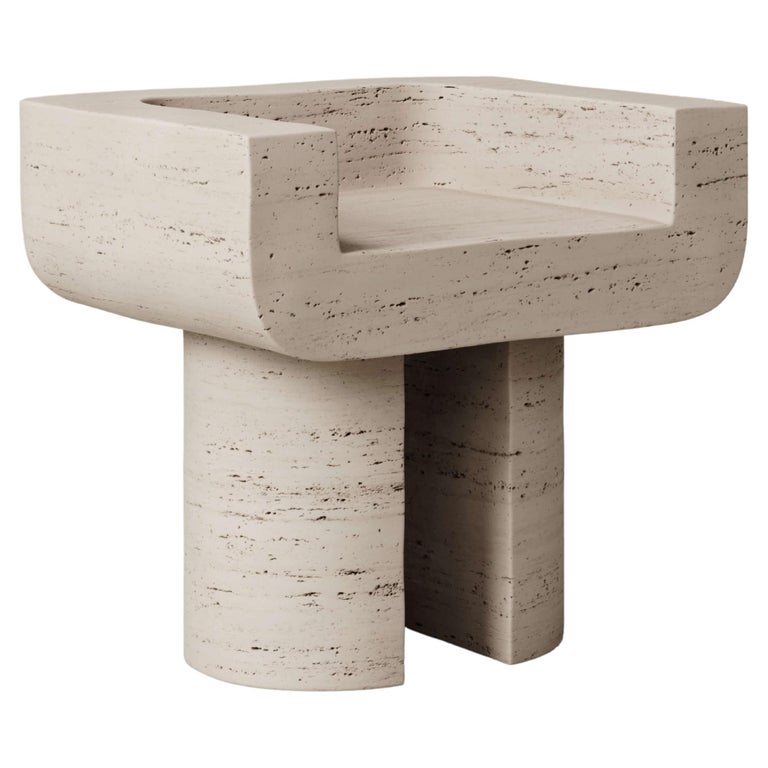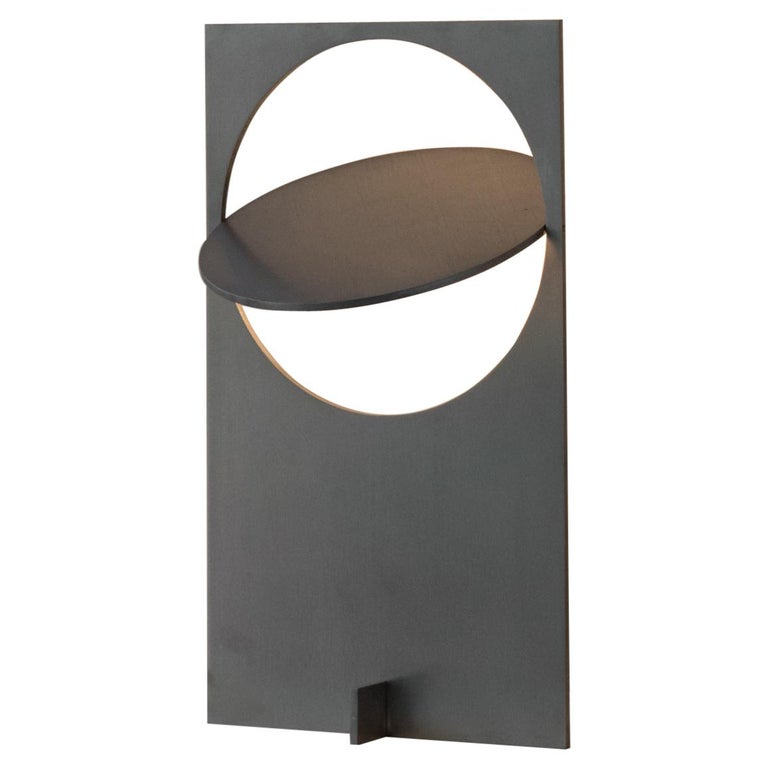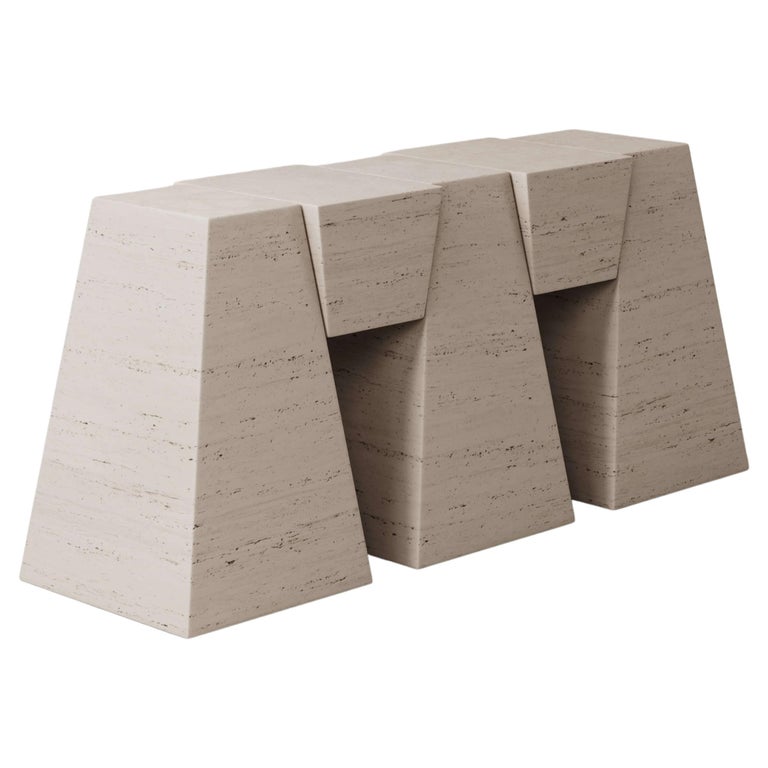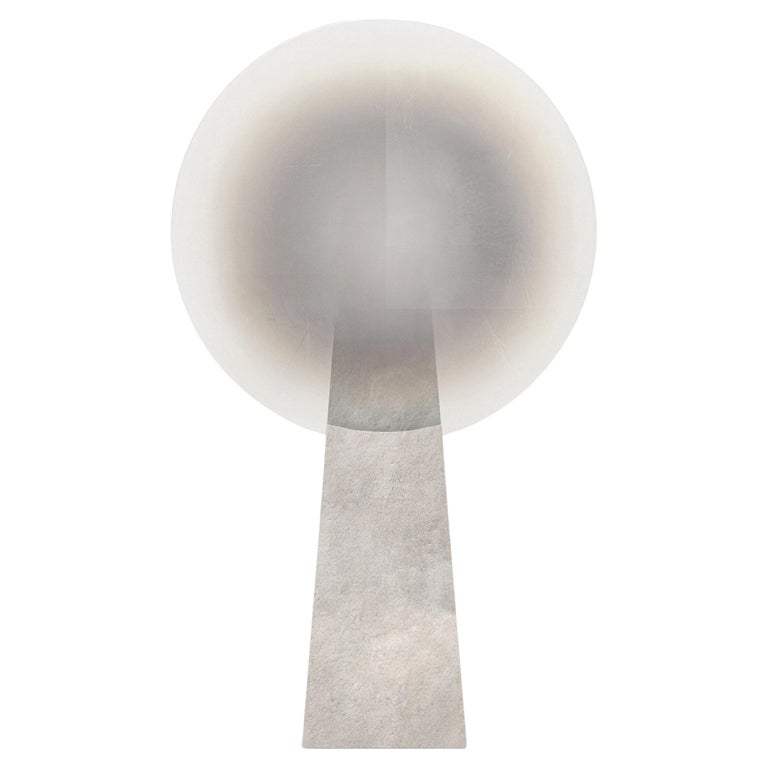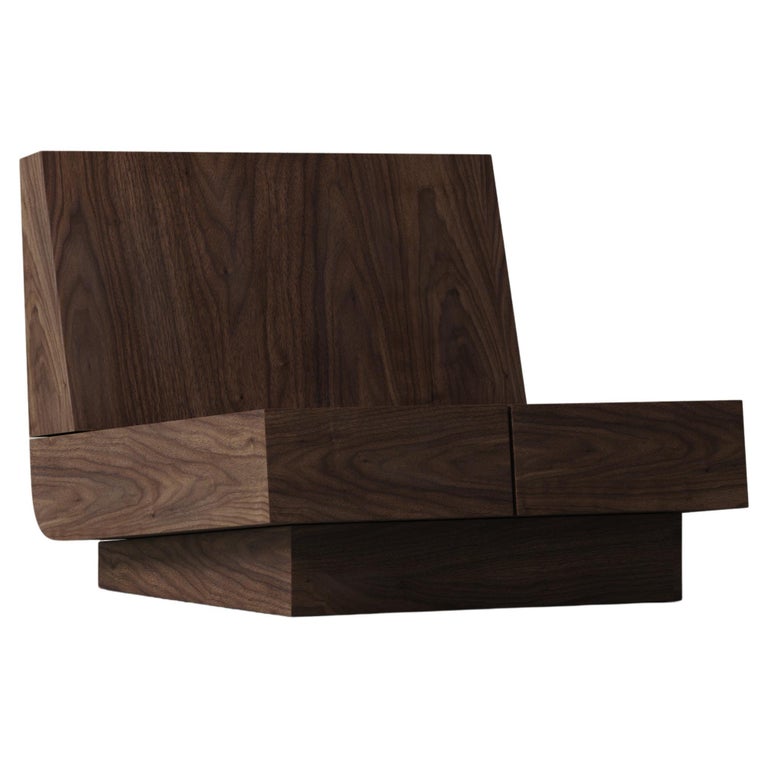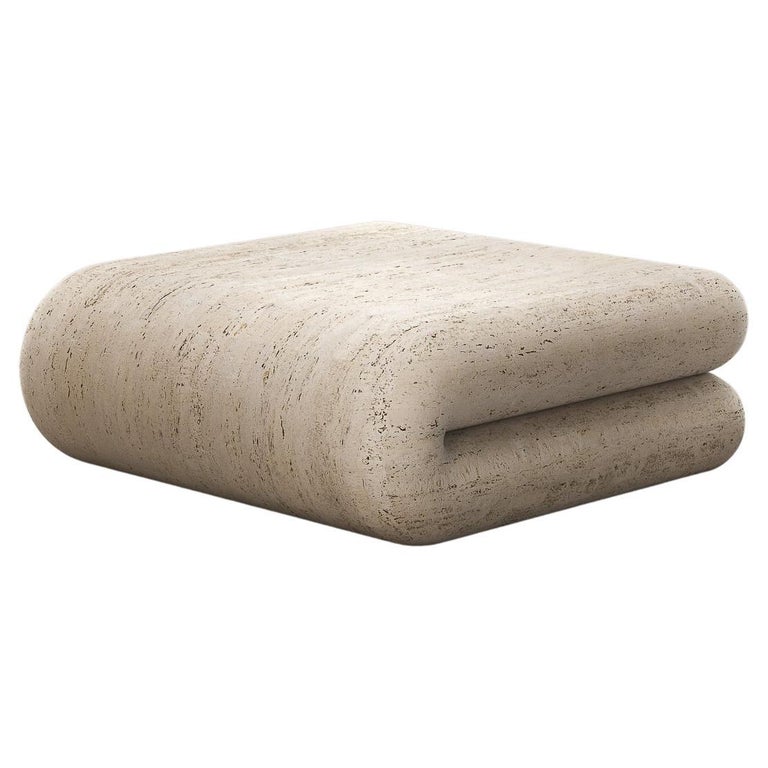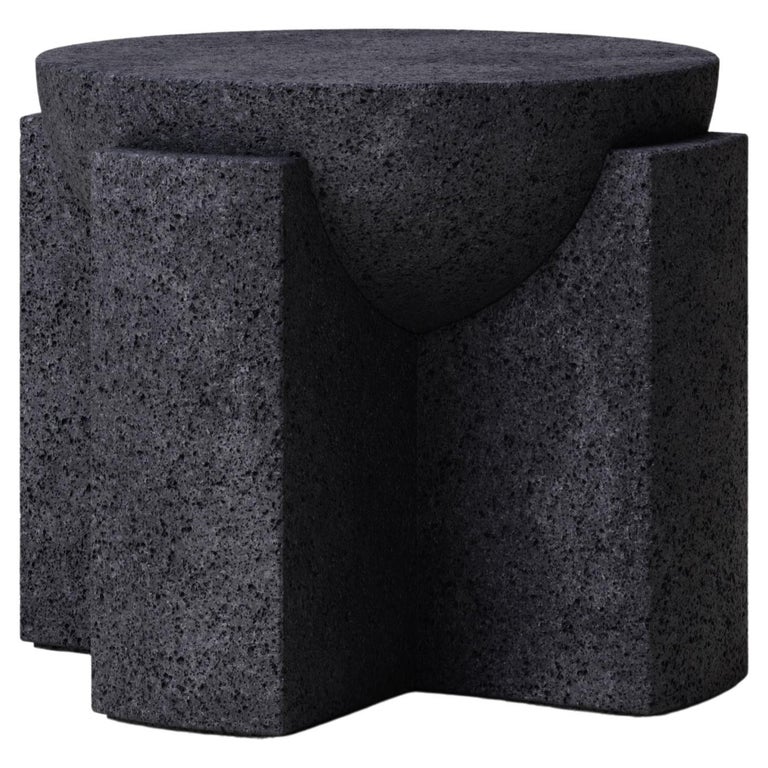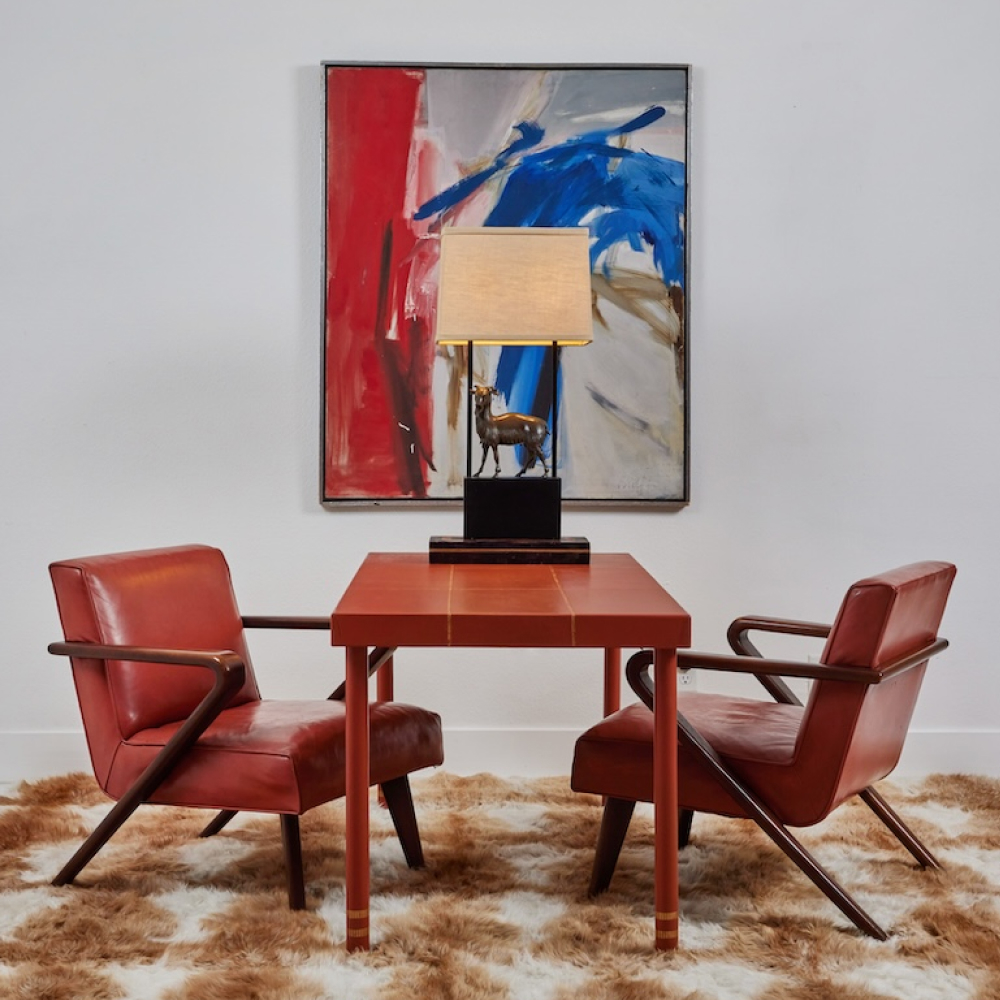May 21, 2023The concept for Monolith, a new furniture studio whose powerful first collection is being offered exclusively on 1stDibs, came to founder Marc Personick while he was walking his dog.
A web-interface designer by trade and longtime furniture-design aficionado, the Brooklyn-based Personick had been nurturing the dream of opening a gallery for years. He had an Instagram folder chockablock with the work of artists and designers he loved. “It took a while to understand what connected them all,” he says. “All the pieces had thick sculptural forms and usually just one or two simple moves in the design. One hundred percent of the time, they were made of a single material — just wood or stone or steel, not a combination.” They were all, well, monolithic.
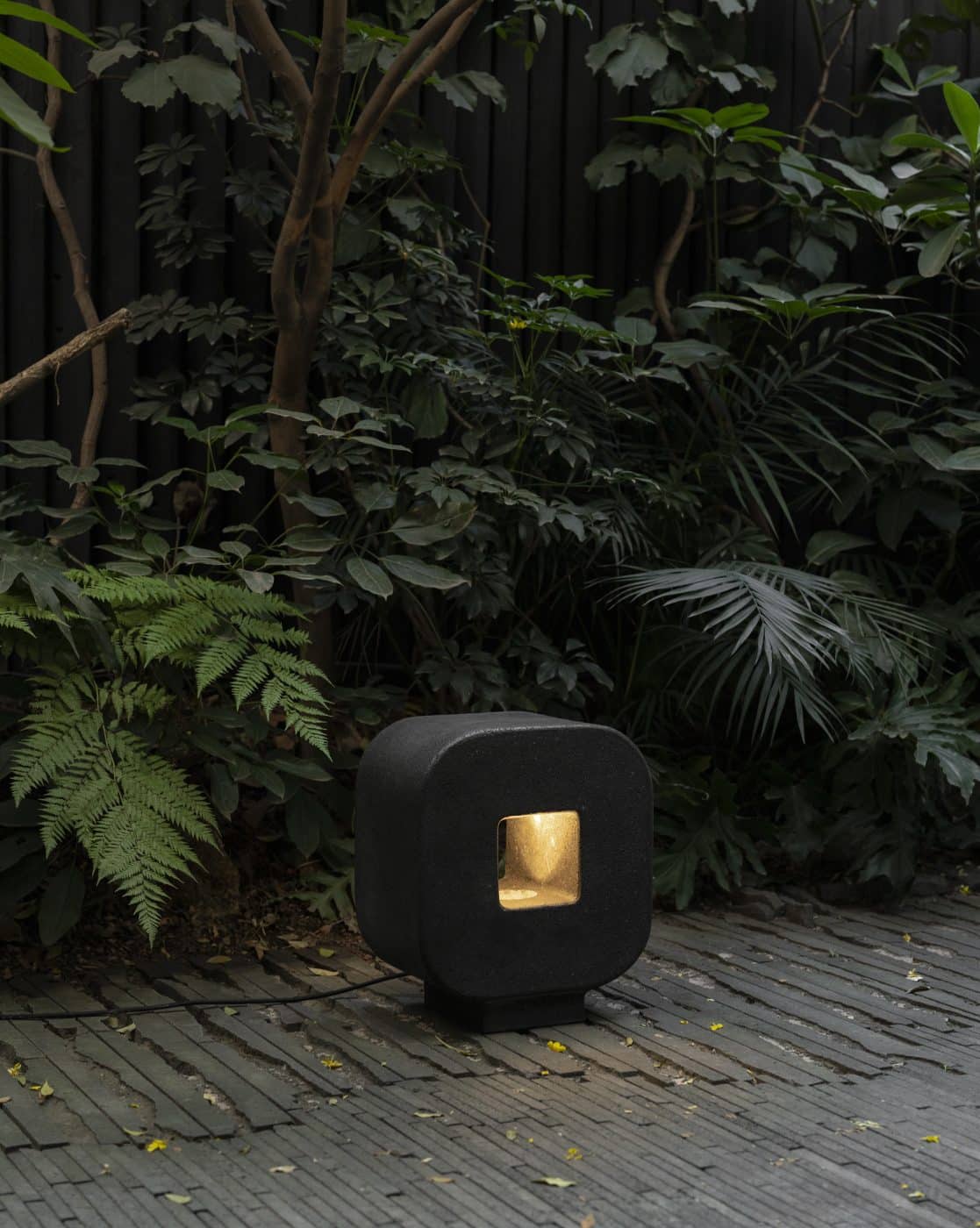

“Why can’t a chair have just two thick legs? Why must a console have a stand and a flat piece for a top? Why can’t it be one thing all the way through?” Personick goes on, sounding a bit like Eero Saarinen, who famously said of his iconic pedestal table and chairs, “I wanted to clean up the slum of legs.”
With monolith as an overarching concept, Personick reached out to potential collaborators in Europe, while sketching his own ideas on paper, modeling them digitally and generally thinking about what a collection could be. Soon, his idea of opening a gallery evolved into something greater. Personick had assumed that the far-flung designers he’d begun working with would be responsible for producing the pieces and he would sell them, but logistics got in the way. “It didn’t make sense to produce the pieces in Europe and ship them — especially the heavier ones — to the United States.”
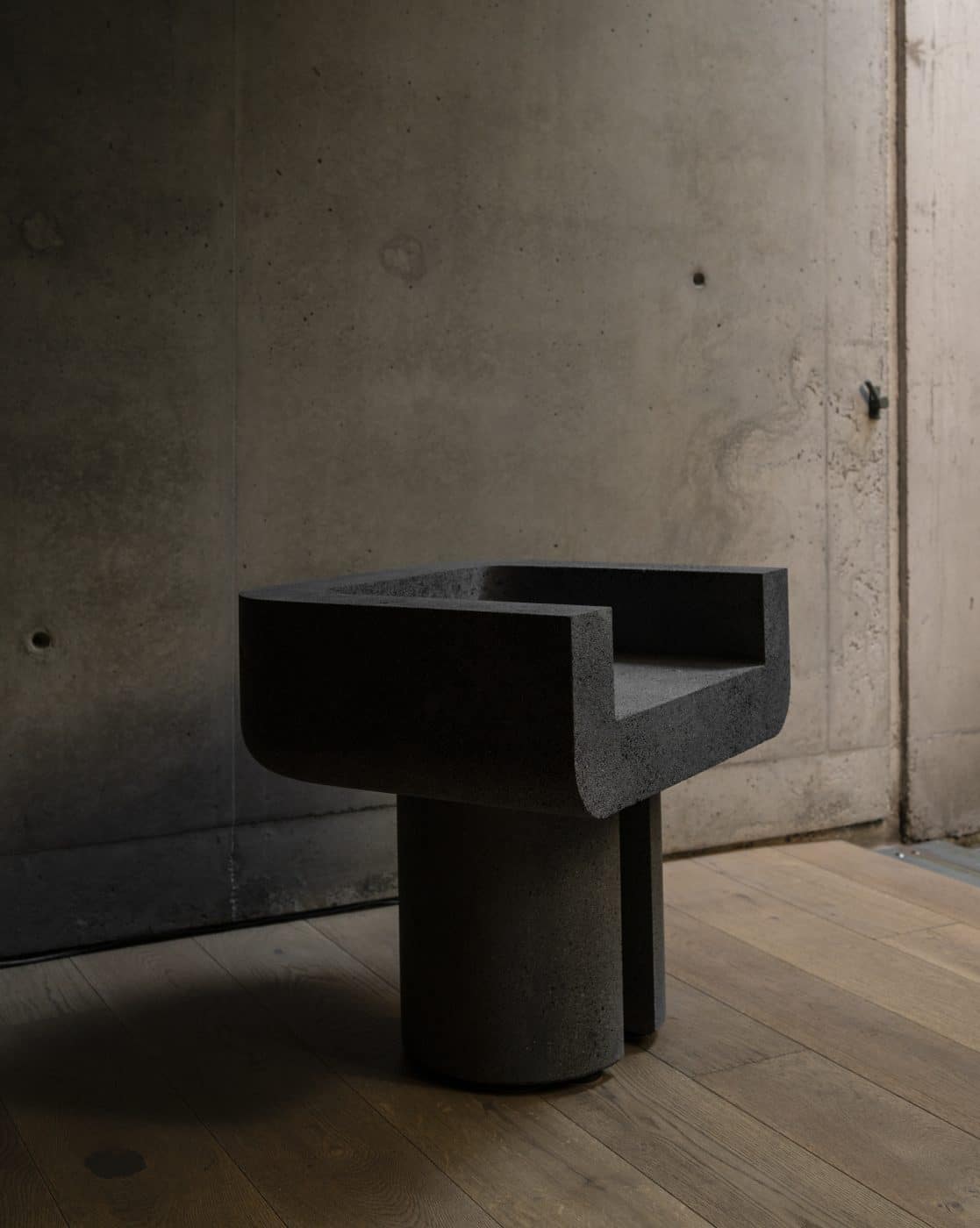
It happened that Personick had been working as a digital designer with a Mexican client, frequently traveling to and from Mexico City. He realized he could access some glorious stone and other natural materials there and maintain more control over production to boot. At that point, he says, “I took on the full gamut of responsibility.”
In February, at the gargantuan Zona Maco art fair in Mexico City, Monolith presented Sanctuary, its premier collection. The nine pieces are imposing, hefty forms, delicately balanced, each engineered to reveal the beauty of its material. They include a side chair, a lounge chair, a bench, consoles, a counter stool and side tables, one with a lighting element.
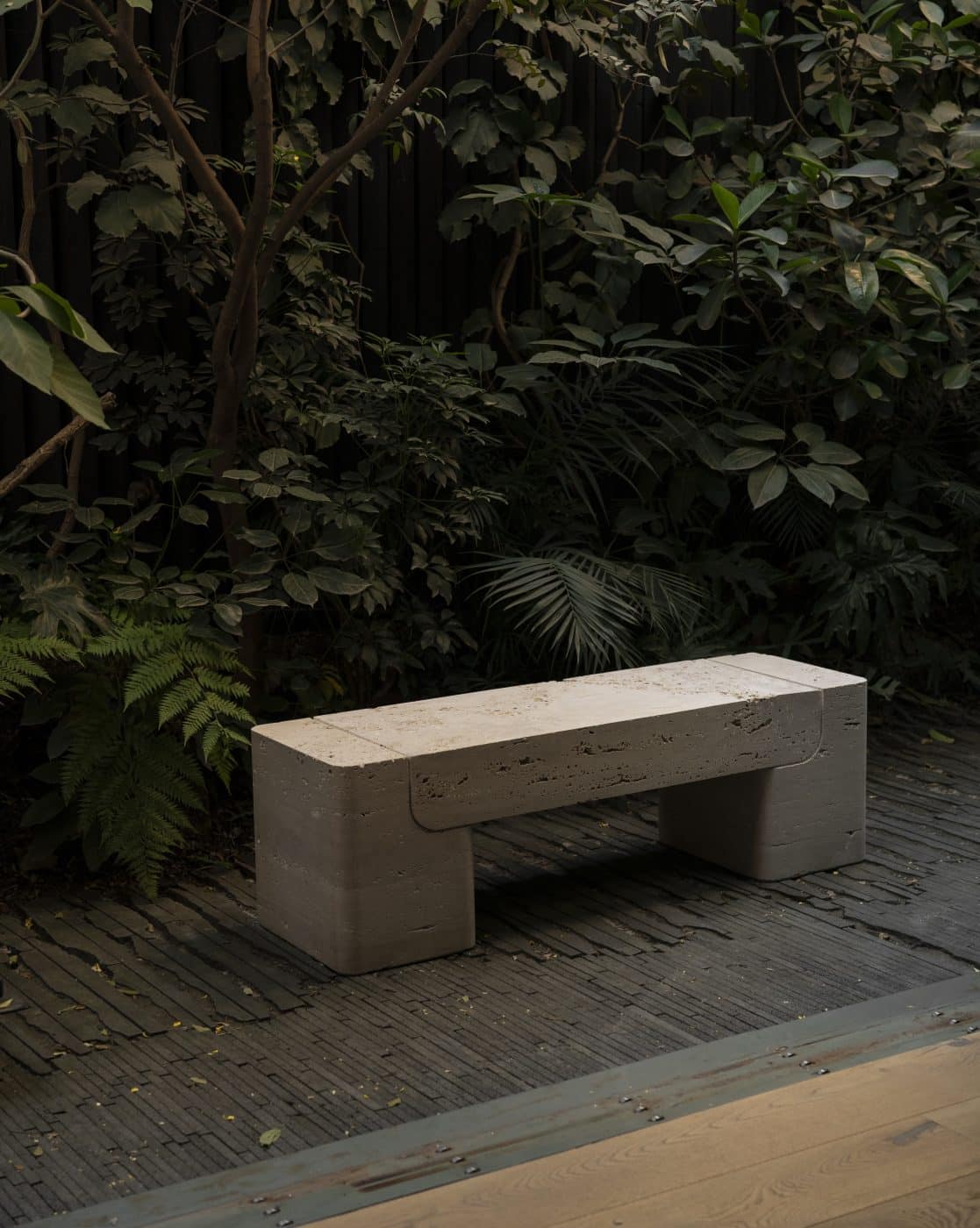
Most are multifunctional. The bench can be used for display as well as seating; the side tables also serve as stools; the lamp can sit on the floor or be placed on a surface. Personick considers them functional art. “They are art to the eye, but they each serve a purpose. Each piece is intended to be used. They’re not just there to look at.”
What’s more, each design can be produced in any of four materials: oak; walnut; dark-gray oil-finished Recinto Negro, a type of lava stone commonly used in Mexico for pavers and building blocks; and Jalapa travertine, a stone with layers of horizontal color quarried in Guadalajara.
All the Sanctuary pieces are made to order by talented artisans in a Guadalajara workshop. “You have to find a reliable workshop you can trust. I researched quite a few,” Personick says. Everything is completely hand-carved. “There’s no machining, other than sandblasting to open up the grain of the stone at the end.”
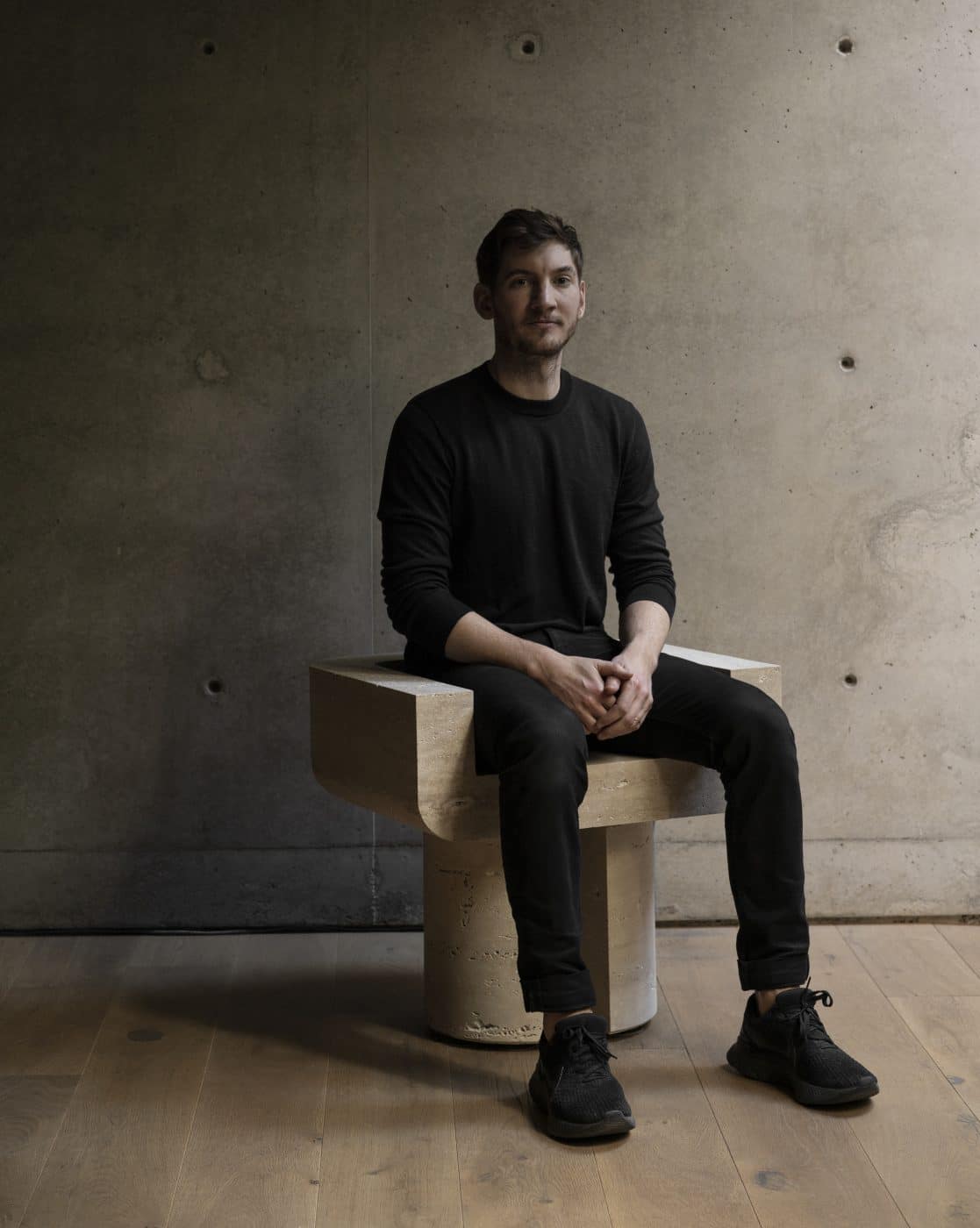
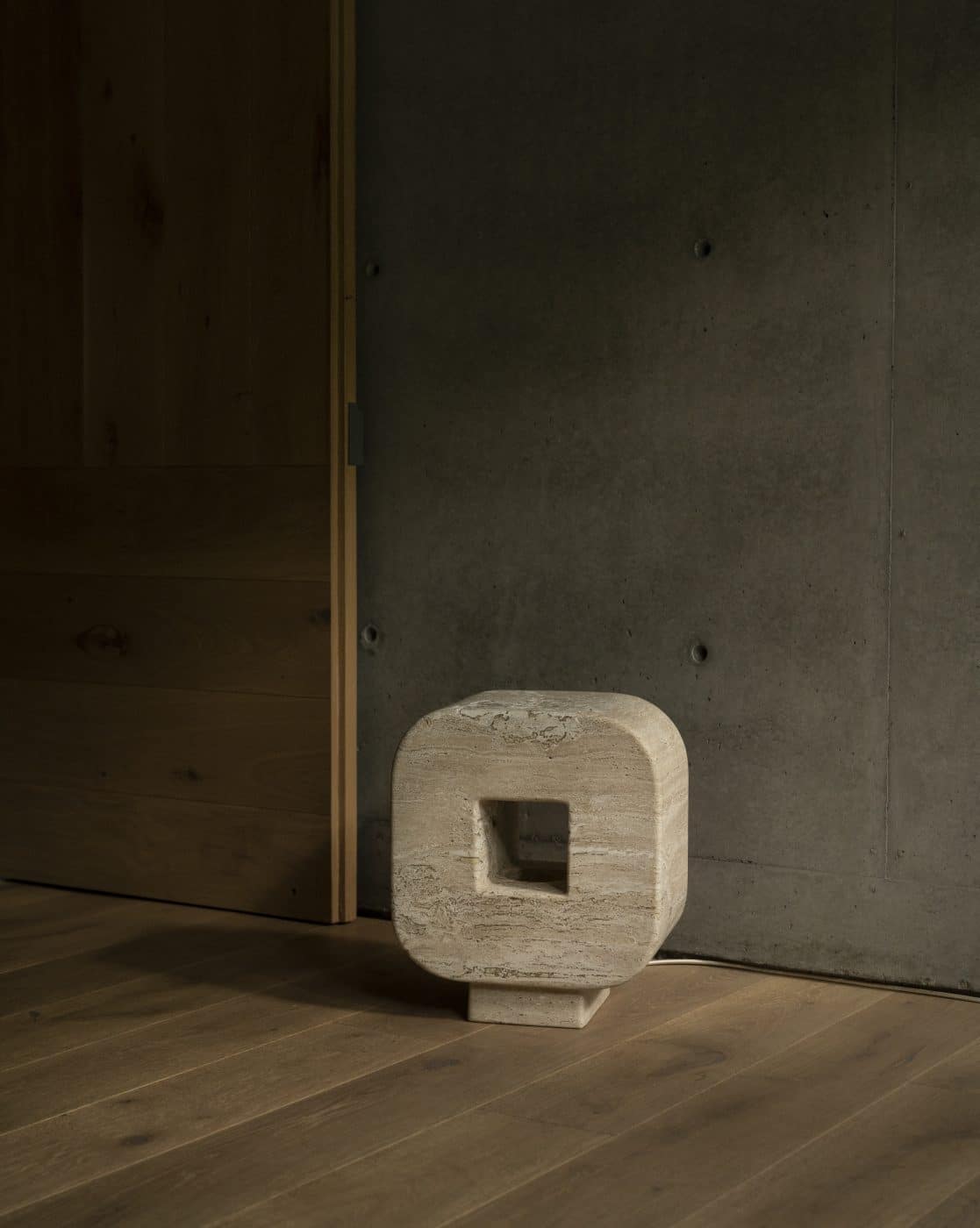
Personick titled his debut collection Sanctuary because the pieces “feel a bit ritualistic, like they could exist in a Mayan temple or in the desert.” Set in a bed of sand in the soaring spaces of Mexico City’s posh Campos Polanco residential hotel last winter as part of Zona Maco, the collection garnered flattering reviews from the international design press. “Sophisticated brutalism,” one publication called it. “Elegant, understated and timeless,” wrote another.
Personick sees a clearly defined aesthetic path ahead for his fledgling studio. He’s looking forward to expanding the palette of natural materials and stone unique to Mexico, and he expects the Monolith framework to serve him well in creating future designs. “Does it feel like a monolith, or is it too delicate, or too many pieces? Does it have enough moves to make it sculptural? The concept behind Monolith forces the design decisions you make,” he says. “It offers a nice guide rail.”

